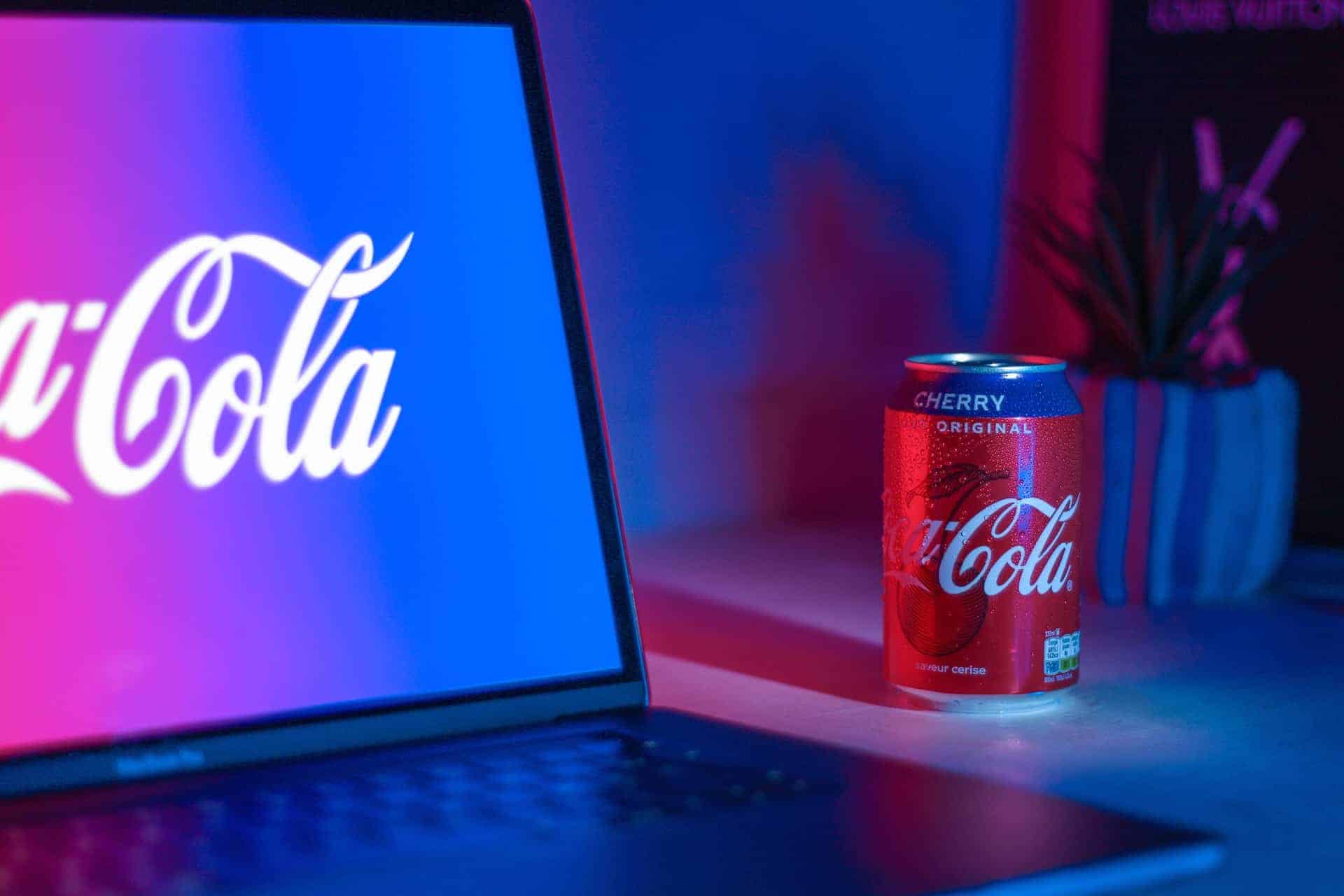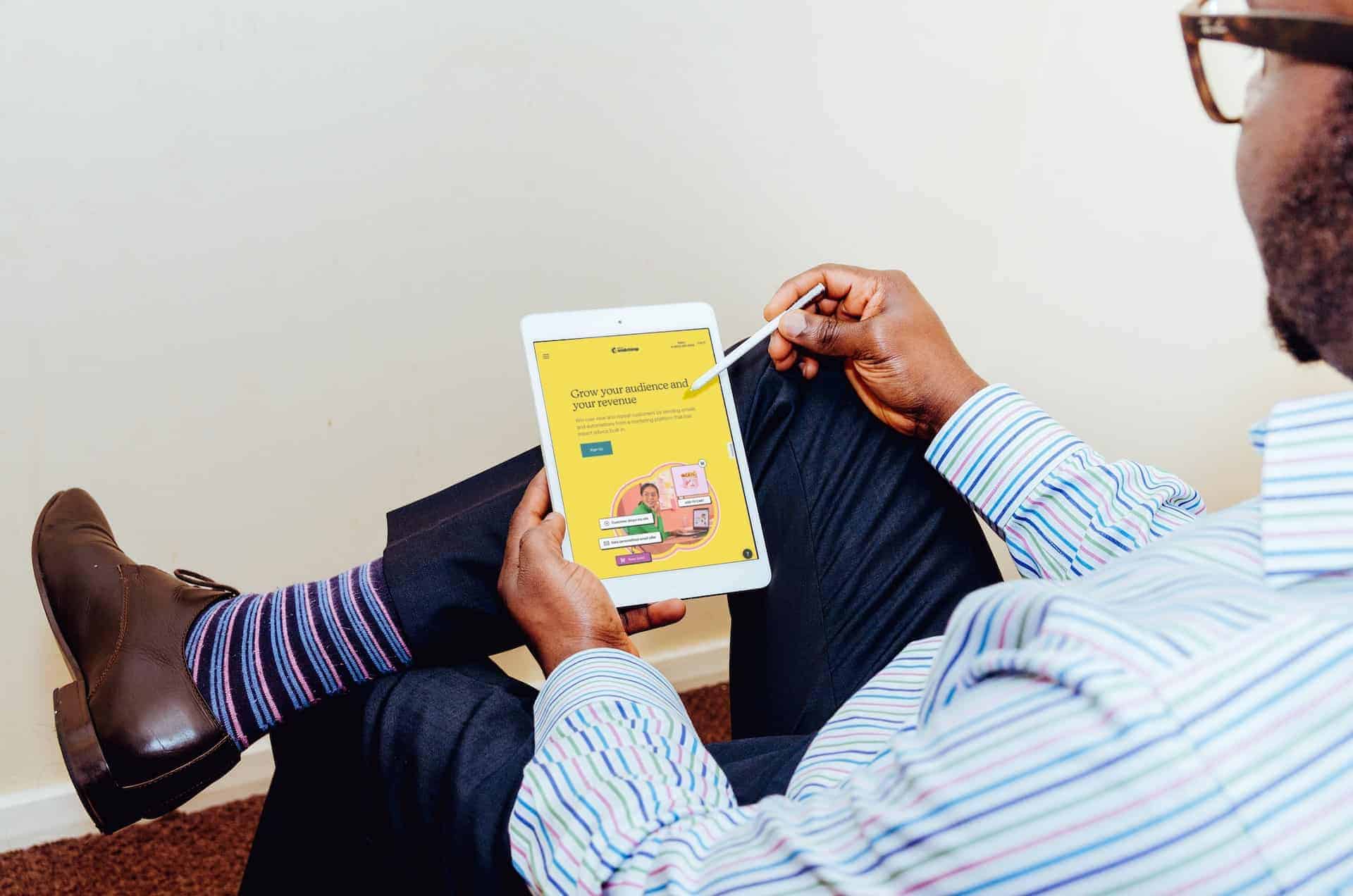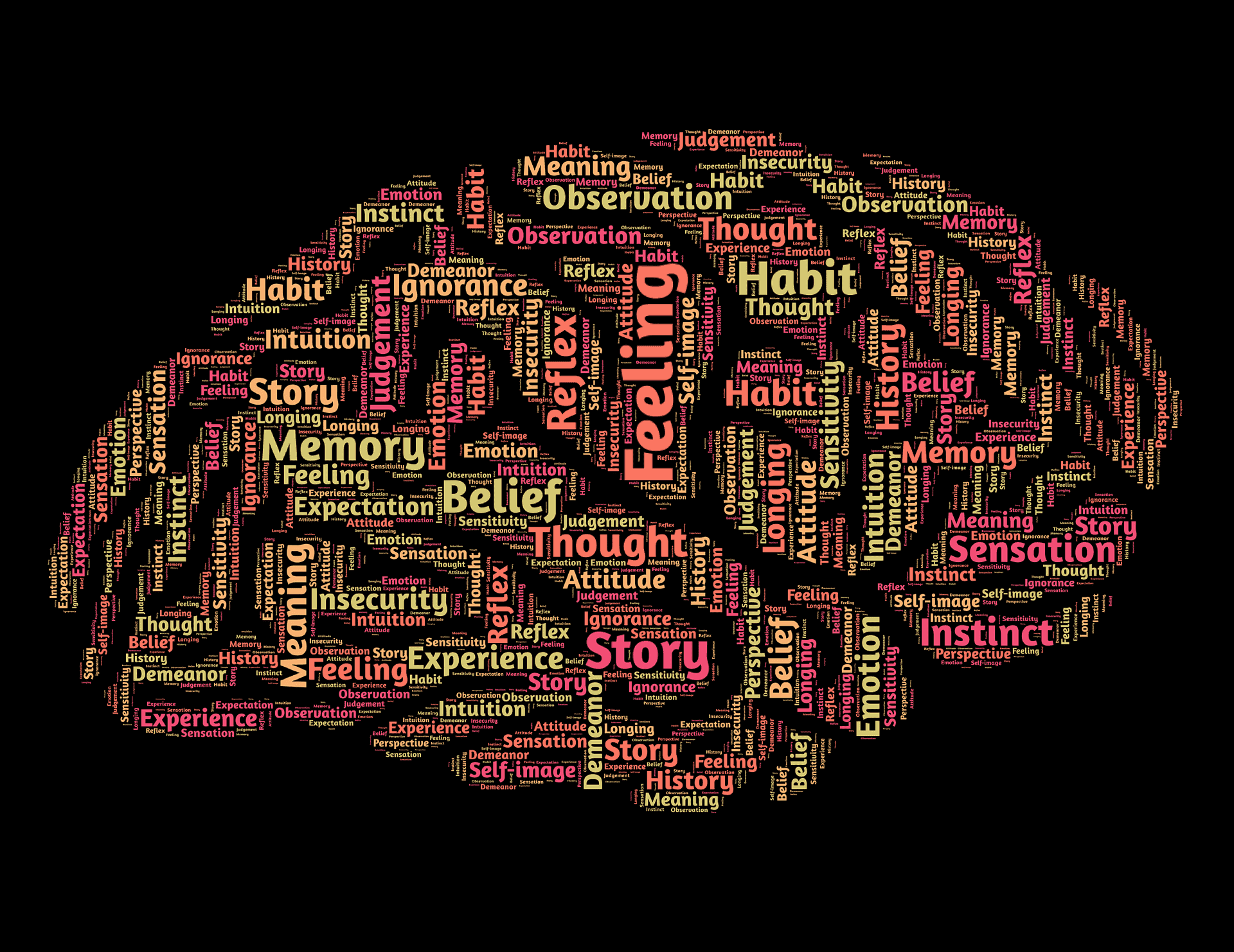A cognitive bias is a preconceived judgement that leads people to misinterpret information.
So what does this have to do with customer experience?
Customer experience (CX) is, after all, the impression your customers have of your brand at every point of their buying journey – from user experience to marketing to customer service and everything in between.
It involves the customers’ cognitive, emotional, and social responses to your brand.
While we like to think that we’re rational people making rational decisions, the human brain is incredibly emotional.
We all suffer from multiple cognitive biases that influence our ability to make impartial split-second decisions – including purchasing decisions.
This means that cognitive biases can either help you better persuade potential customers or lose you sales.
In this post, we’re going to explore 5 common types of cognitive biases and the effect each of them can have on your potential customers.
Table of contents:
1.4. Mere exposure effect bias
1. 5 Cognitive Biases that Impact Your Customer Experience
As we mentioned before, cognitive biases are warping consumers’ perception of reality and massively impact their decision to do business with you.
But before we go any further, it’s worth noting that there are many more biases than these five we’re going to explore in this post (as many as 188!).
For business owners trying to gain a better understanding of consumer behaviour, this isn’t great news.
Obviously, covering how to leverage all 188 cognitive biases to drive sales would be impractical for the purpose of this article.
However, it is important to understand the effect that these 5 common cognitive biases have on your sales and how to use them in your marketing strategy for success.
1.1. Confirmation Bias

Confirmation bias is the tendency to interpret information in a way that confirms what you already believe.
For example, someone who only has bad experiences with a business would still believe the company has amazing service.
So why is this?
Easy. Because that’s what everybody says.
That’s confirmation bias.
You can try this exercise on your own. Think of a few businesses you had a great experience with and make a list of specific facts that back up your perception. See if you can provide evidence to support your opinion.
Ask yourself – Did you really have a great experience? Or, is it something you believe just because it is what everyone says?
Confirmation bias can massively impact your reputation (and therefore your sales) because someone with an already negative perception of your business can be difficult to convert.
So, the best tactic to overcome confirmation bias is to help your prospects have positive biases.
Here are a few strategies you can put in place:
- Deliver a personalised customer service experience
- Make the best first impression with your customers
- Get a business address in a prestigious location (this is especially important if you’re currently running a home-based business and using your home address as a business address)
- Manage your reputation on Google and other review platforms such as Trustpilot and Yelp
- Create positive word-of-mouth advertising
- Offer a no-hassle, 100% money-back guarantee
You must remember that it is extremely important to manage your online reputation because customers’ first impressions determine how they feel about your business.
In a digital world, your online presence and customer reviews can convince people that you’re awesome (or not).
This is especially true in the case of negative reviews – We humans are hardwired to focus more on the bad aspects of life, and consumers heed negative reviews more than positive ones.
1.2. Framing Bias

Framing bias occurs when consumers make a decision based on the way information is presented and the features that are highlighted.
For example, a sales rep promoting a product would rather claim that “90% of customers were happy with the product” than admit “10% of customers were unhappy.”
While the two statements convey the same information, the claims are framed differently.
The first statement highlights the percentage of happy customers (a positive attribute), whereas the second statement highlights the percentage of unhappy customers (a negative attribute).
Framing bias has a lot of power to sway consumers.
Ask yourself – would you rather buy a yoghurt that contains 20% fat or one that’s 80% fat-free?
Or, would you rather use a product that’s 98% effective or one that fails 2% of the time?
These are just some of the ways you can use the framing effect to drive more sales.
Here are some more examples of how to use the framing effect in your marketing strategy:
- Apply “the rule of 100”: This rule states that if a product’s original price is under $100, it is better to use a percentage-based discount. For example, a 20% discount on an item of $10 is more attractive than a $2 discount. Likewise, if a product’s original price is above $100, it is better to use a numerical discount. For example, a $50 discount on an item of $500 is more attractive than a 10% discount.
- Use positive framing by focusing on gains: Emphasise the benefits of purchasing a product or service. Some words to use in your copy when using positive framing are “get”, “today”, “save”, “grab”, and “now”.
- Use negative framing to emphasise the potential loss if the product is not purchased: Tap into consumers’ natural fears by using words such as “avoid”, “don’t miss out”, “stop wasting”, and “conquer”.
- Use visual frames: Colour, font style and font size are examples of visual frames that can have an impact on buying decisions. Pink, for example, is considered to give a more feminine feel, so it’s definitely not the best hue to use to sell men’s shave gel. Also, the font style and font size are extremely important because nobody will bother to read anything written in illegible fonts.
- Use auditory frames: Different styles of tones and voice inflections (e.g., politely, aggressively, etc.) used to present information can have a significant impact on purchasing decisions. For instance, people are more likely to buy from you if you have a confident voice vs. a quiet voice.
1.3. Anchoring Bias

The anchoring bias is based on the fact that people tend to unconsciously latch onto the first fact they hear and use that fact to base their purchasing decisions.
In other words, they focus on a single aspect of a product or service while excluding other aspects.
For instance, if you latch into the first pain point a potential customer mentions and believe it has the highest priority, you’ve fallen victim to the anchoring effect.
Or, if you see a product at $500 first, and then see a similar product at $200, you tend to see the second product as cheaper.
This means that the anchor price has influenced your perception of the second product and determined you to ignore its potential benefits.
The anchoring bias can lead you to make poor decisions by not considering all the relevant aspects.
Many marketers leverage the psychology behind anchoring by presenting to prospects a wide range of products at varying prices. This way, they manipulate people’s tendency to choose a mid-priced product.
One common way to leverage the anchoring bias to close more deals is by using prices ending in 99.
Prices ending in 99 are extremely popular because customers tend to latch onto the lower digit on the left as an anchor. For example, the “1” in $1.99 influences customer perception more than the “99”.
A study conducted by Kenneth C. Manning and David E. Sprott (published in the Journal of Consumer Research) demonstrated the power of prices ending in 99.
When the participants were asked to choose between two standard ballpoint pens – one priced at $2.00 and one priced at $3.99 – 44% of them chose the higher-priced pen. But when the pens were priced at $1.99 and $4.00, only 18% of the participants selected the higher-priced pen.
You can also use the anchoring bias in your marketing strategy by making strategic decisions about your product range.
For example, the majority of customers would consider a leather keychain priced at $99 to be too expensive. But if you place that same keychain alongside a sterling silver keychain priced at $220, customers will see the leather model in a different light.
1.4. Mere Exposure Effect Bias

The mere exposure effect happens when people have a preference for a certain product or service simply because they are familiar with it.
For example, if you’re familiar with a logo, slogan or brand, you’re more likely to choose that specific product or service.
One experiment conducted by Professor Charles Goetzinger in his class at Oregon State University showed the human tendency to prefer something that they have been previously exposed to.
Goetzinger had a student attending his classes enveloped in a big black bag with only his feet visible. The experiment has proven how the students’ attitude towards the Black Bag changed from hostility to curiosity and finally to friendship.
The study conducted by Professor Charles Goetzinger is important because it shows how more exposure leads to familiarity, which, in turn, leads to a preference or affection for something or someone.
In marketing, the mere exposure effect is used to shape positive customer feelings through saturation campaigns.
As a small business, there are several simple ways to leverage the mere exposure effect to increase sales:
- Use retargeting ads – Retargeting is a form of advertising targeting people who have shown interest in your product or service. Retargeting campaigns can be far more effective than brand awareness campaigns because they’re targeting customers who are already familiar with your brand which increases your chances of converting them.
- Repurpose content – Repurposing content is a great way to make your message stick and create a memorable brand. A simple blog post can be turned into a podcast, infographic, ebook, and so much more. This means that people see your content across different mediums, making it easier for you to stick in the consumer’s memory and make customers want to do business with you.
- Use consistent CTAs – Consistency reduces confusion and streamlines the path to conversion. Be sure to make CTAs on your website consistent and easily recognisable.
- Re-share content on social media – The more content you are re-sharing (without overwhelming your audience), the more chances you get to increase brand awareness and build brand familiarity.
1.5. The IKEA Effect Bias

Named after the world’s largest seller of furniture, the IKEA effect is a cognitive bias in which people tend to overvalue an object if they make or assemble it themselves.
This means that consumers are willing to spend more money on experiences that require them to put in more work.
Be honest – Have you ever felt like no food tasted better than the one you’ve cooked yourself? Or, do you tend to put a higher value on hard-earned money compared to fast-earned money?
Situations like these show how people typically ascribe a higher valuation towards products they worked to create.
For example, a 2011 study revealed how participants who self-assembled an IKEA storage box valued the purchase price 63% higher than those who inspected the same pre-assembled box.
In addition, those who self-assembled the box rated liking it 55% more than those who just inspected the pre-assembled box.
Lots of brands have used this cognitive bias to their own benefit, such as Build-A-Bear which allows customers to experience the fun of making their own custom teddy bears.
Another example is the Nike By You feature in the Nike online store that makes you part of the creative process by allowing you to customise your own Nike sneakers.
So, if you want to successfully leverage the IKEA effect and increase sales, you have to include DIY elements in your products.
For example, you can give your customers the opportunity to contribute their own ideas for product development. You may also allow customers to personalise a product according to their needs and preferences (e.g., choose the colour of your own shoes online, build your own chocolate bar, build your own holiday package, etc.).
One caveat, though: While the IKEA effect can contribute to your sales strategy and improve your business, it is important to keep tasks simple.
Your products should be simple to assemble and easy to understand instructional. If customers fail to build a product using the instructions provided, the value they attribute to it does not increase.

Conclusion: We all know that running a successful business is about growing a customer base and closing more deals. And what better way to close more deals than by understanding consumer psychology?
By understanding how consumers are influenced by biases when making purchasing decisions you can sell your products and services more effectively.
While these are just a handful of the numerous cognitive biases you can use in your favour to boost customer retention and sales, we hope this post has given you some food for thought.
Do you own a business and find it challenging to overcome biases and gain customer trust because you do not have a physical office? With B2B HQ, you can get an address to impress and all the services you need to scale your business – all for one low monthly fee. Contact us today for more information.
